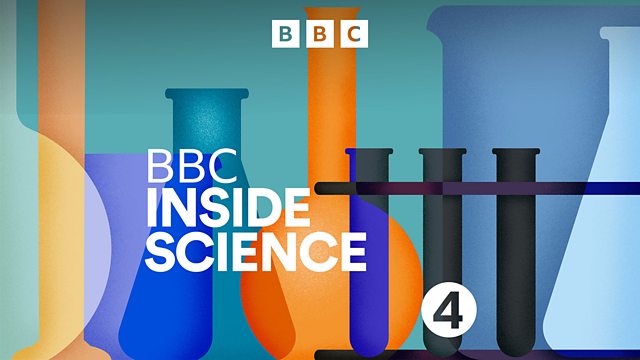Y chromosome; Everest avalanche; Aphid survey; Longitude
The Y chromosome, apart from making you a male, has long been thought to be pretty useless. But new research shows it's long evolved a more useful purpose.
Y Chromosome
We learn from a young age that if a fertilised egg carries XX chromosomes it will be a girl, but with XY it will be a boy. This male Y sex chromosome has lost many genes along its evolution over the past 180 million years and now only about 20 genes remain. Now two new studies in Nature journal have given clues into how the Y chromosome evolved into its current state by looking at the genetic make up of 15 species the team built an archaeological record of all the mutations that occurred over time - to trace the timing of how the Y originated.... Professor Henrik Kaessmann from the University of Lausanne in Switzerland explains that the genes that remain play a more important role than previously believed.
Everest Avalanche
Last week the biggest single loss-of-life event occurred on Everest: a huge avalanche killed 16 Sherpa guides. All were so-called "icefall doctors", possibly the riskiest job of all, which involves finding a route through the broken mass of icefall, and then securing ladders and ropes for mountaineer tourists to follow.
The Himalayan Sherpas have abandoned the climbing season out of respect for the fallen. There are many questions about health and safety, but we want to know what could be done to help? 麻豆社 Science Reporter Victoria Gill has been looking at the science behind avalanches, Are avalanches predictable? And will global warming in the Himalayan region make them more common?
Aphid Survey
This month the Rothamsted Research in Hertfordshire's Insect Survey will have been monitoring national aphid populations for fifty years. Aphids, such as greenfly and blackfly, can cause extensive damage to plants and crops. The aphid season - as many gardeners will know - is just about to start. But how has the recent mild, wet winter affected their numbers?
Lichens
An Inside Science listener emailed in to ask about lichens - what are they and how do they live. We called in plant ecologist Professor Howard Griffiths, at the University of Cambridge to fill us in on these hardy, pioneering organisms.
Longitude
300 years ago there was no way of knowing the position of a ship out on the high seas. The greatest scientific challenge of the age was navigation. Britain's response was to offer a large prize fund for the solution to the problem of Longitude. Richard Dunn, curator and head of science and technology at Royal Museums Greenwich tells Marnie Chesterton the story of John Harrison, a clockmaker and carpenter, who solved this seemingly impossible problem.
Producer: Fiona Roberts.
Last on
Broadcasts
- Thu 24 Apr 2014 16:30麻豆社 Radio 4
- Thu 24 Apr 2014 21:00麻豆社 Radio 4
Explore further with The Open University
麻豆社 Inside Science is produced in partnership with The Open University.
Podcast
-
![]()
麻豆社 Inside Science
A weekly programme looking at the science that's changing our world.


